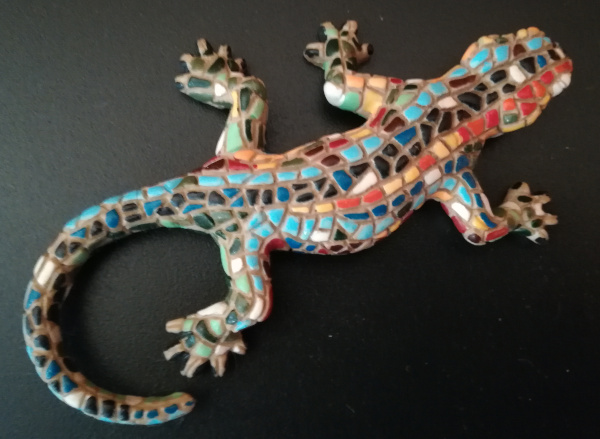Si trova su / Altri legami
© 2021 The Electrochemical Society ("ECS"). Published on behalf of ECS by IOP Publishing Limited.In the present work, we fabricated a novel Mo2C/n–Si nanowire (NW) photoanode for solar water oxidation. Herein, the Mo2C nanoparticles (NPs) were synthesised by urea glass route, followed by deposition on the Si NW film, using the facile electrophoretic method. X–ray diffraction (XRD), UV–vis–diffuse reflectance spectroscopy (UV–vis–DRS), X–ray photoelectron spectroscopy (XPS), Field emission–scanning electron microscopy (FE–SEM), and high–resolution transmission electron microscopy (HR–TEM) were used to systematically characterise the crystal structure, absorption properties, chemical composition, and microstructure. It was confirmed that small crystalline Mo2C NPs were uniformly deposited on the surface of Si NW and that high–crystallinity Mo2C NPs were sustained over the Si NW. Photoelectrochemical (PEC) activity was evaluated in the neutral 0.5 M Na2SO4 as an electrolyte and showed that the Mo2C/Si NW film photoanode exhibits significantly enhanced photocurrent density (J SC ) of 1.46 mA cm–2 at 1.23 V vs. reversible hydrogen electrode (RHE, briefly marked as VRHE), compared to that of the bare Si NW (0.37 mA cm–2 at 1.23 VRHE). This can be mainly attributed to the beneficial charge transfer phenomenon in the interface region. Additionally, open–circuit voltage decay (OCVD), electrochemical impedance spectroscopy (EIS), and Mott–Schottky (M–S) plot revealed that the Mo2C co–catalyst boosts the charge transfer events.


